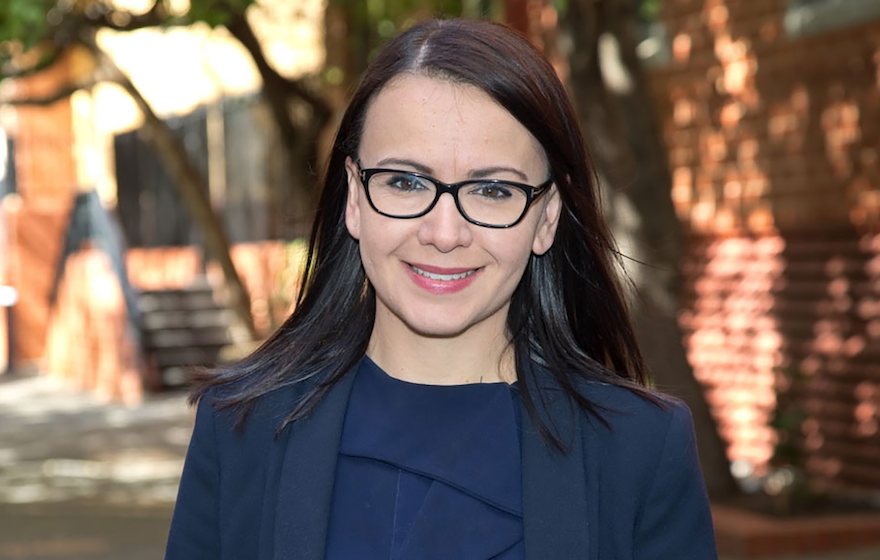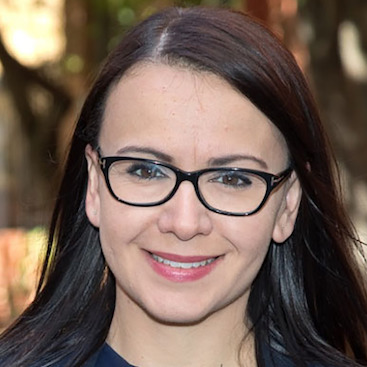
On International Women’s Day, Rebecca De Cicco, principal, digital enablement at Aurecon, and chair and founder of Women in BIM, reflects on the work and raison d’être of the latter organisation.
As Women in BIM enters its tenth year, I felt it was appropriate to reflect on the importance of the initiative and how far we have come in 10 years. I have to say that when I started off with this idea, I would never have imagined it would become a global initiative supported by smart, passionate and like-minded people.
Across multiple countries, numerous core team members, and policies for BIM and digital all over the world, it was very clear from the outset just how important this group of people would become in driving our agenda.
Being based in the UK for the better half of my BIM career meant that I was close to the heart of the BIM community, but it’s worth noting that Women in BIM was also supported by Laura Handler, a strong supporter and advocate of BIM in the US, who at that time was an inspirational role model to many, including myself.
Being in the UK in 2012 was a huge part of my career timeline, but also an important and fundamental time for Women in BIM: this was particularly important because of the publication of the Government Construction Strategy in 2011 and the subsequent explosion of BIM-related events meant that we could drive and promote differing solutions to enable the digital reality the government required.
“The community supports each other, learns from each, collaborates and works together to help each other strive for the best.”
One key factor that was often neglected in the uptake of BIM in the UK, and indeed globally, was the lack of people we had in the industry to deliver these requirements. The lack of resources, in terms of diversity, was a huge driver in why Women in BIM came into being and why it has become what it is today. It has also become one of our core drivers, to learn from and educate each other and promote people from those who are generally under-represented in even considering a career in this space.
Through the years of being a part of this community, I am still confronted with questions, such as: Why is this important? Why do we need to have a group like this? What benefit does this provide to the industry? Looking at our growth, from being represented in one country to more than 50 today, my response is often simple: the community supports each other, learns from each other, collaborates and works together to help each other strive for the best.
We are all learning every day what the changes in digital – not just on a technological front, but also in terms of process – will achieve, and having a support channel to enable this is crucial to us. The other very important consideration is that collectively we come together to support and learn from each other across multiple jurisdictions, which is crucial for the community as it allows us to grow and educate regardless of where in the world we reside.
We can also look at the wider social and economic issues that will help us to justify the importance of Women in BIM, as we have become a community not only of women in BIM, but wider digital roles, processes and ideologies. The United Nations Sustainability Goals highlight gender equality, stating: “Women have played a critical role in the response to the pandemic as front-line health workers, care givers, and managers and leaders of the response and recovery efforts. However, they remain under-represented in critical leadership positions, and their rights and priorities are often not explicitly addressed in those efforts. The crisis presents an opportunity to reshape and rebuild systems, laws, policies and institutions in order to advance gender equality.”
To us, this means we are definitely working hard to support a greater and wider global dilemma, while also addressing critical issues in leadership among women. This is one of our core drivers as a group and helps us to address some of these issues, regardless of where we are in the world.
Justifying the importance of Women in BIM is only one part of our journey. What we are finding is that people who get it, just do, no question. Then there are others who will always find a way to ask the question as to the relevance.
In hindsight, I often wonder if we didn’t join together, as women, would it really matter? For me the answer is yes, I am always going to be passionate about helping to support growth in our industry, in this space in particular because not only will we be able to celebrate in some time the equal representation of women across digital roles in the built environment, but we’ll also be able to work more collaboratively and bring in support from our industry across all genders, all backgrounds and all cultures to celebrate diversity and sustain the growth we will need across the construction industry.
Don’t miss out on BIM and digital construction news: sign up to receive the BIMplus newsletter.












